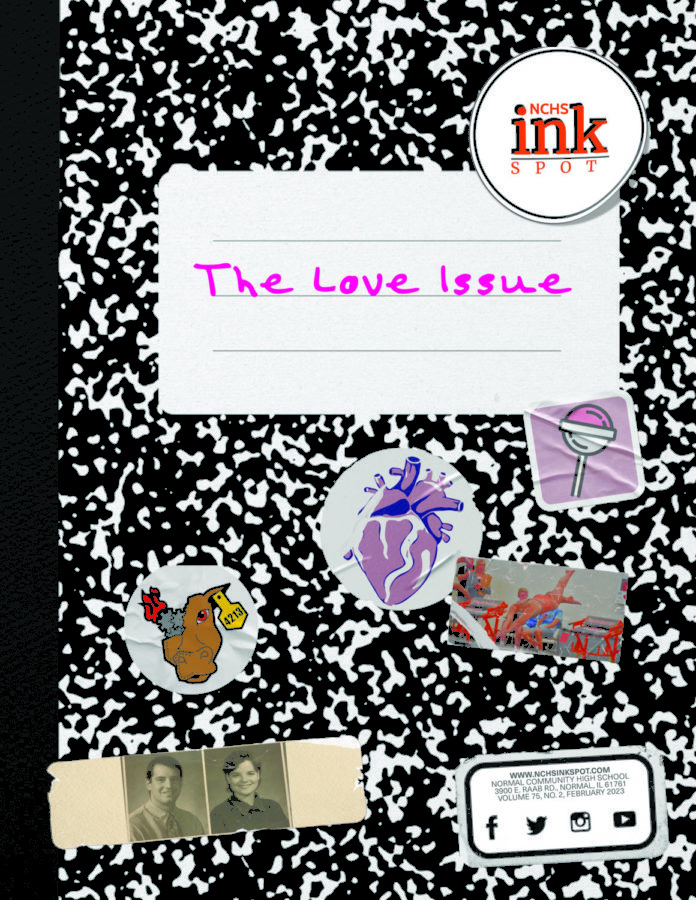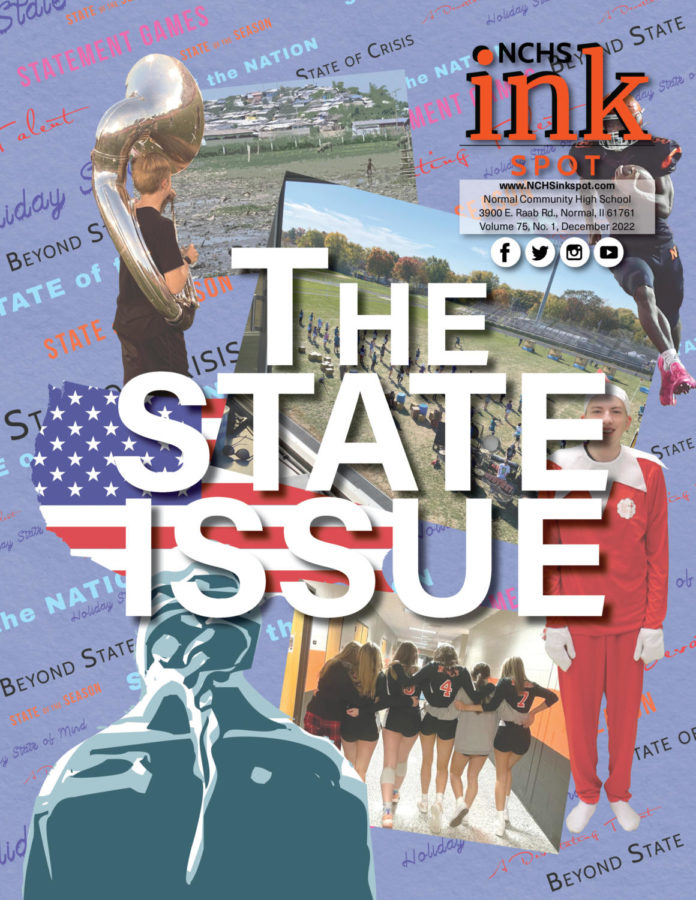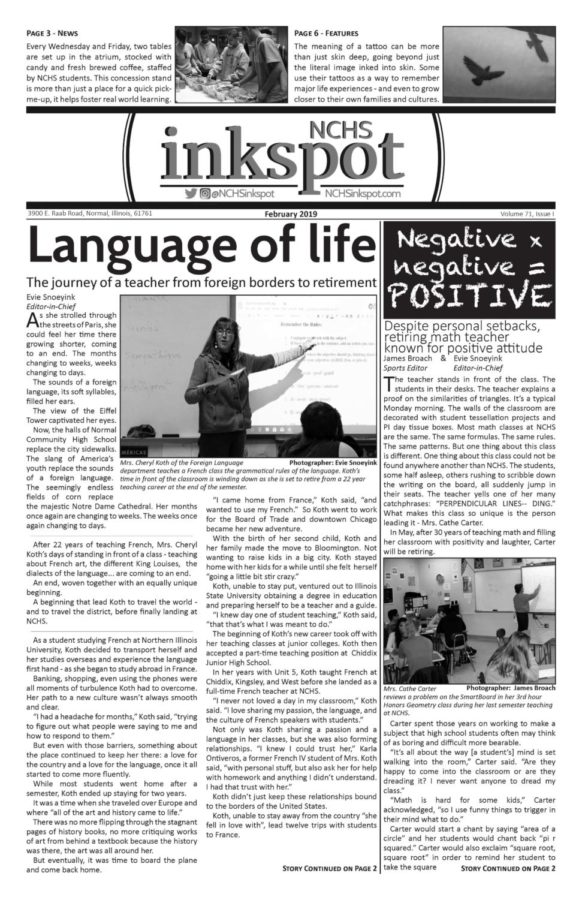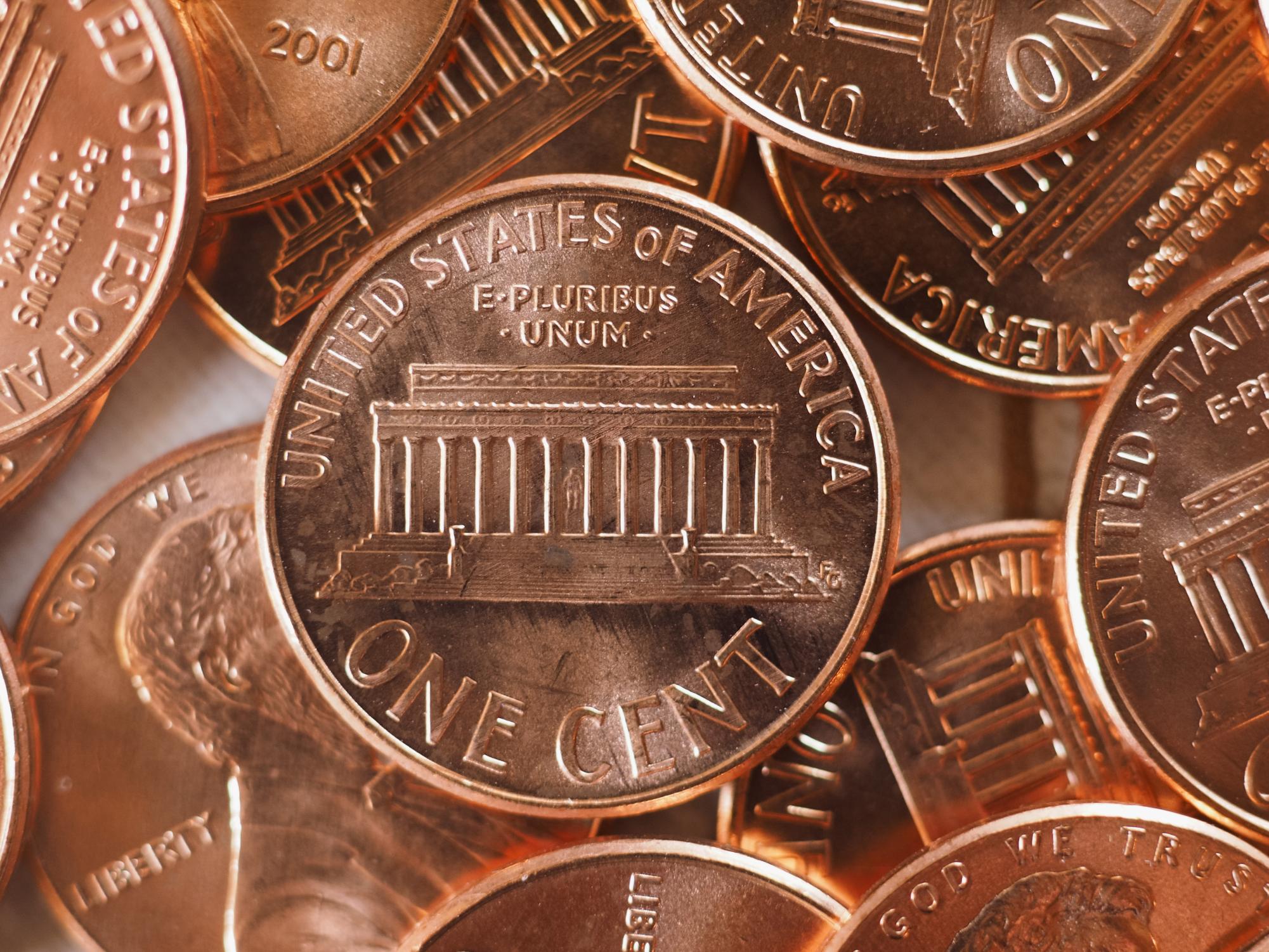Apple Pay. Venmo. Cash App. PayPal.
Make no mistake—cash is fading into the background, the dollar replaced by digital transactions. Your next Big Mac, the latest Grand Theft Auto release, your prom dress—just a tap away. So, as we move further into a cashless economy, one question lingers: do we still need physical money?
More specifically, do we still need the penny?
The Penny’s Price Problem
Before Abraham Lincoln was even born, the penny was already in circulation. When the first penny was minted in 1792, the U.S. was just 15 states. Down in Louisiana they were speaking French. Whale oil was the cutting-edge lighting solution of the day as electricity was still nearly a century away. If that doesn’t make the coin sound old enough, the penny even predates the discovery of dinosaur fossils—at least the moment someone recognized them as more than just unusual rocks.
In other words, it’s old. Really old.
And expensive.
For nearly two decades, the penny has cost more to make than it’s worth. In 2023, the average cost to produce a single penny, according to the U.S. mint, hit 3.69 cents—over three times its face value.
This cost is largely due to rising copper and zinc prices, and while you might think a cheaper metal could solve the issue, Ed Moy, former U.S. Mint director, has debunked that idea. Changing the metal composition would disrupt vending machines, coin counters and automated payment systems that rely on the coin’s specific properties.
So, the U.S. Mint continues to produce pennies at a loss—an estimated loss of $85.3 million, according to its annual report.
A Coin Nobody Uses
Despite accounting for nearly 50% of all coins minted, pennies don’t really circulate. People don’t spend them—they hoard them in jars, forget them in couch cushions, or toss them into Coinstar machines for a fraction of their worth. In fact, it’s estimated that more than 240 billion pennies are sitting in drawers and piggy banks instead of being used in transactions, according to the New York Times. And because they are being saved and not spent, more are required to be produced.
But that lack of spending isn’t surprising when you consider that, according to a 2022 Federal Reserve survey, only 18% of transactions involve cash at all. And even when people do use cash, pennies are more of an inconvenience than a necessity—$100 in pennies weighs 55 pounds.
A Push to Phase Out
Calls to eliminate the penny aren’t new. U.S. Representative Jim Kolbe first introduced the idea of eliminating the penny with 1989’s Price Rounding Act before renewing the fight in 2001 with the COIN Act, proposing to rounding cash transactions to the nearest nickel. In 2008, President Barack Obama openly questioned whether the coin was still necessary.
And now, it looks like it might be official with President Donald Trump saying he directed the Treasury to stop minting new pennies earlier this month.
The Verdict
The numbers don’t lie—the penny is outdated, expensive and practically useless in modern transactions. The government loses millions of dollars producing coins people don’t even use. The case for retiring the penny has never been stronger.
It might just be time to let Lincoln rest in peace.
And Jefferson too, as the nickel too costs more to make than it’s worth–the 5 cent coin runs 14 cents to mint, according to the U.S. mint.
It’s time for the dime to shine, as the dime and quarter are the only coins worth more than their production cost at 5.8 cents and 14.7 respectively, maybe it’s time to let the dime and quarter carry their weight—literally.
The change won’t be an easy one-but it is one that just makes sense.




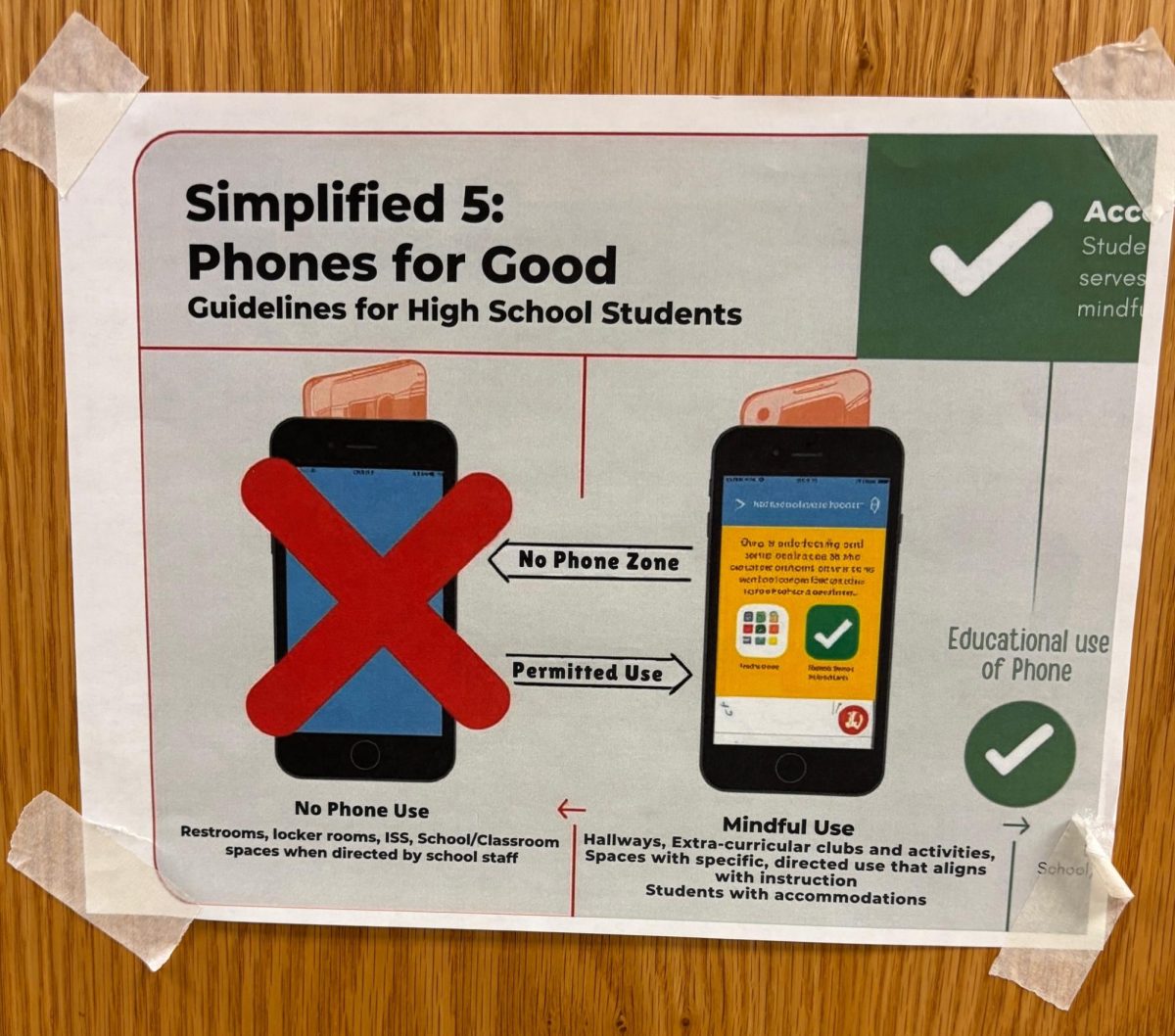
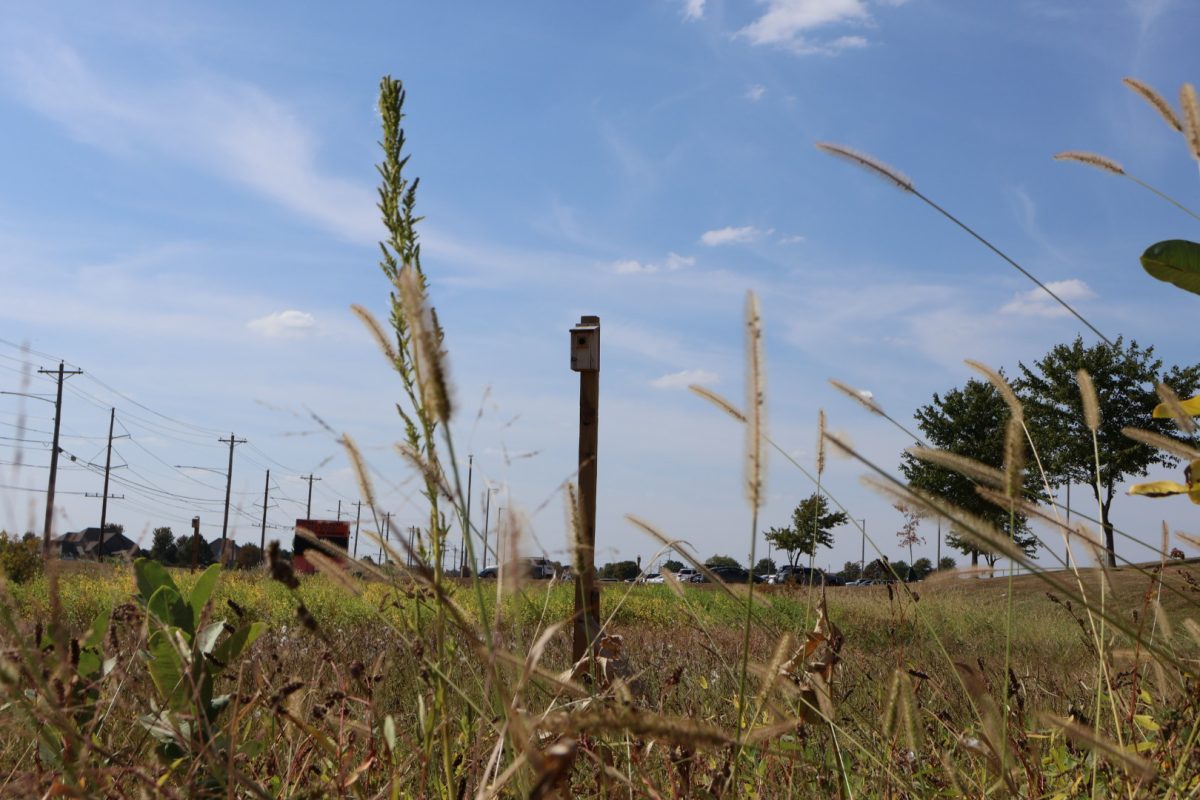







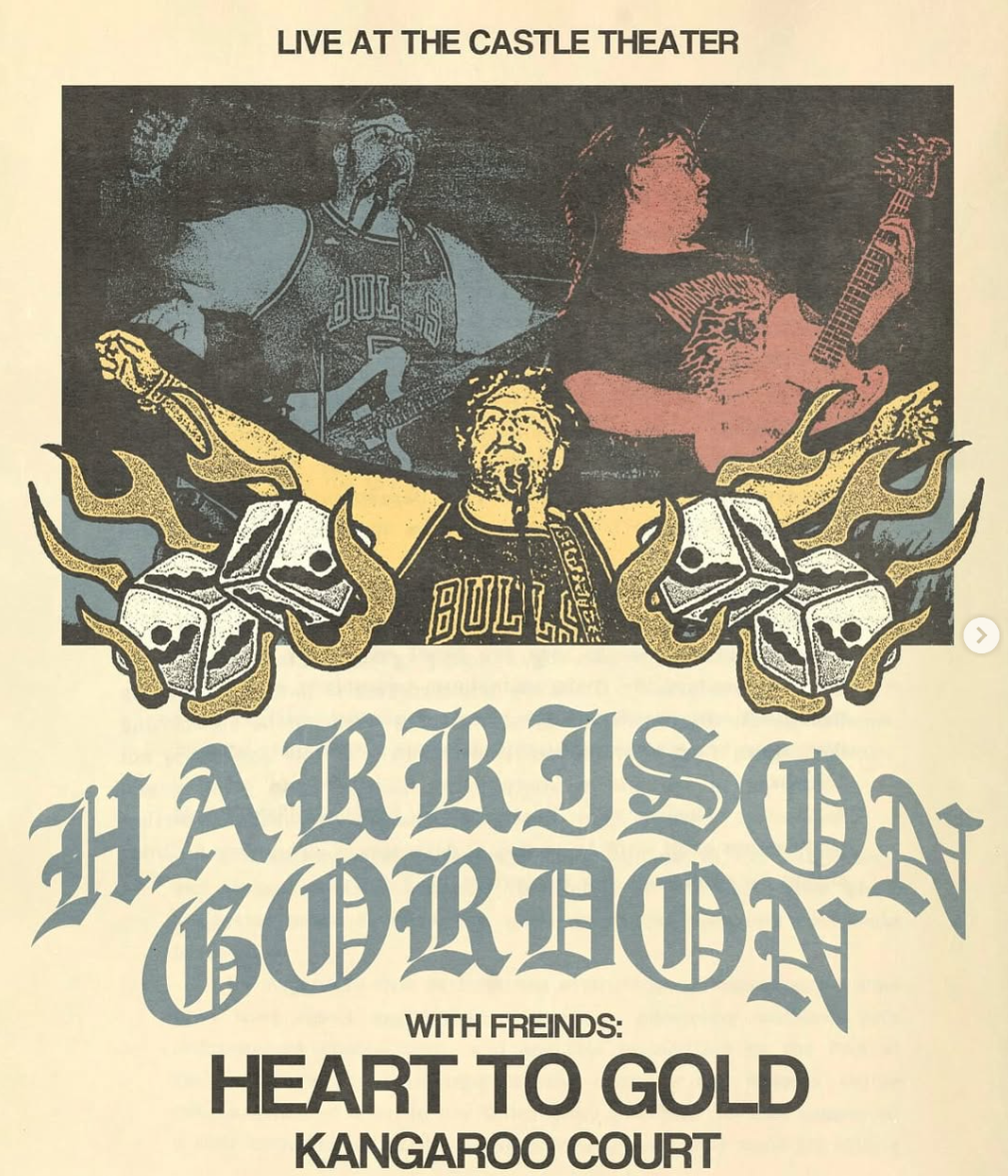
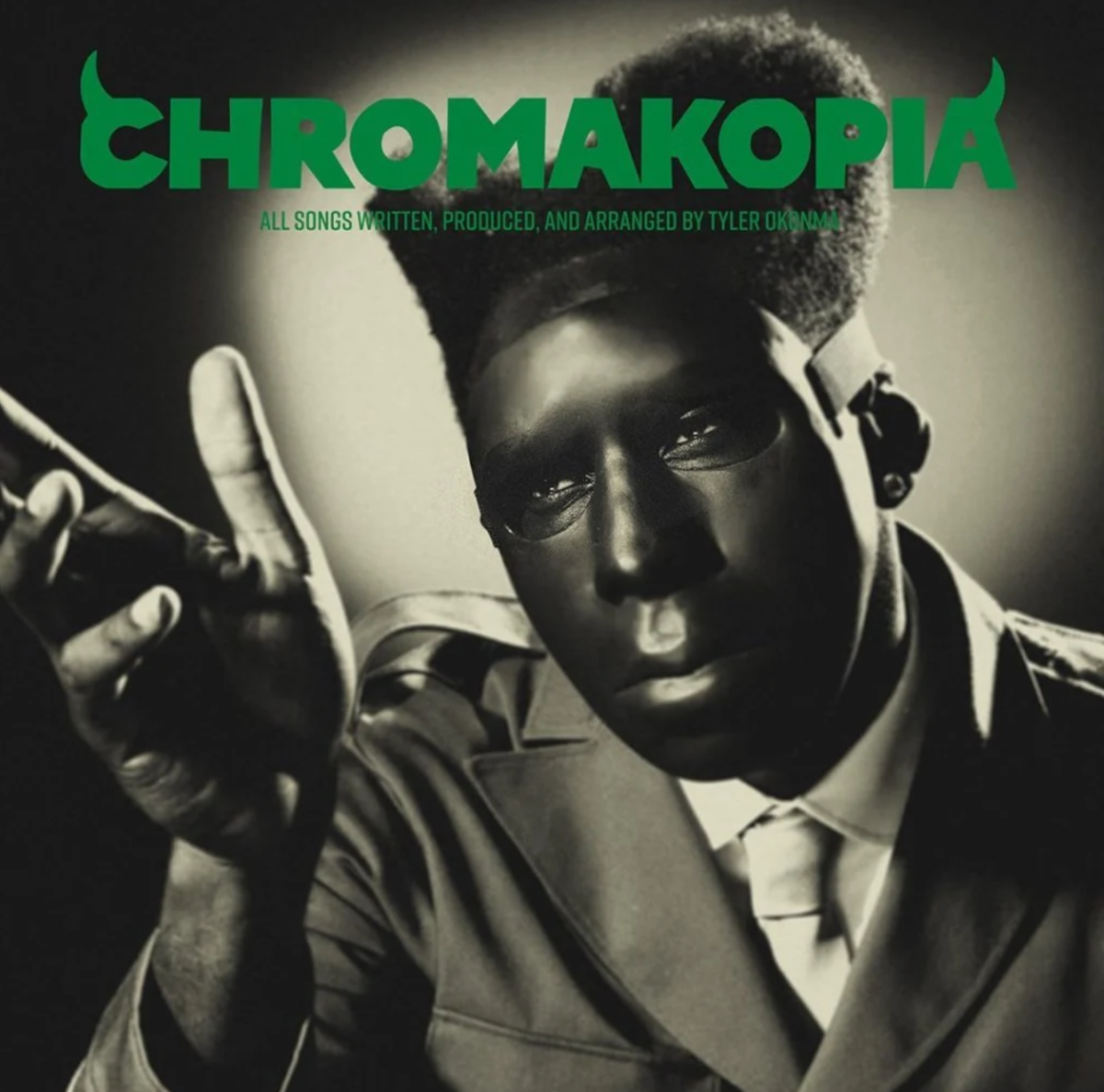

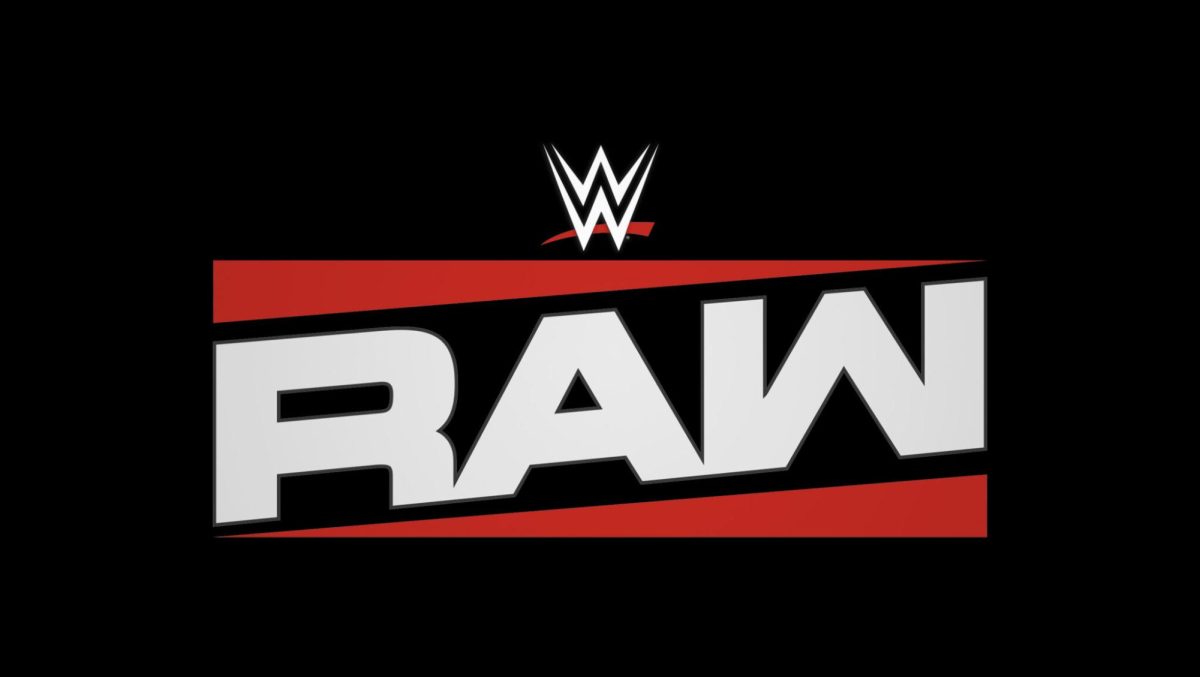
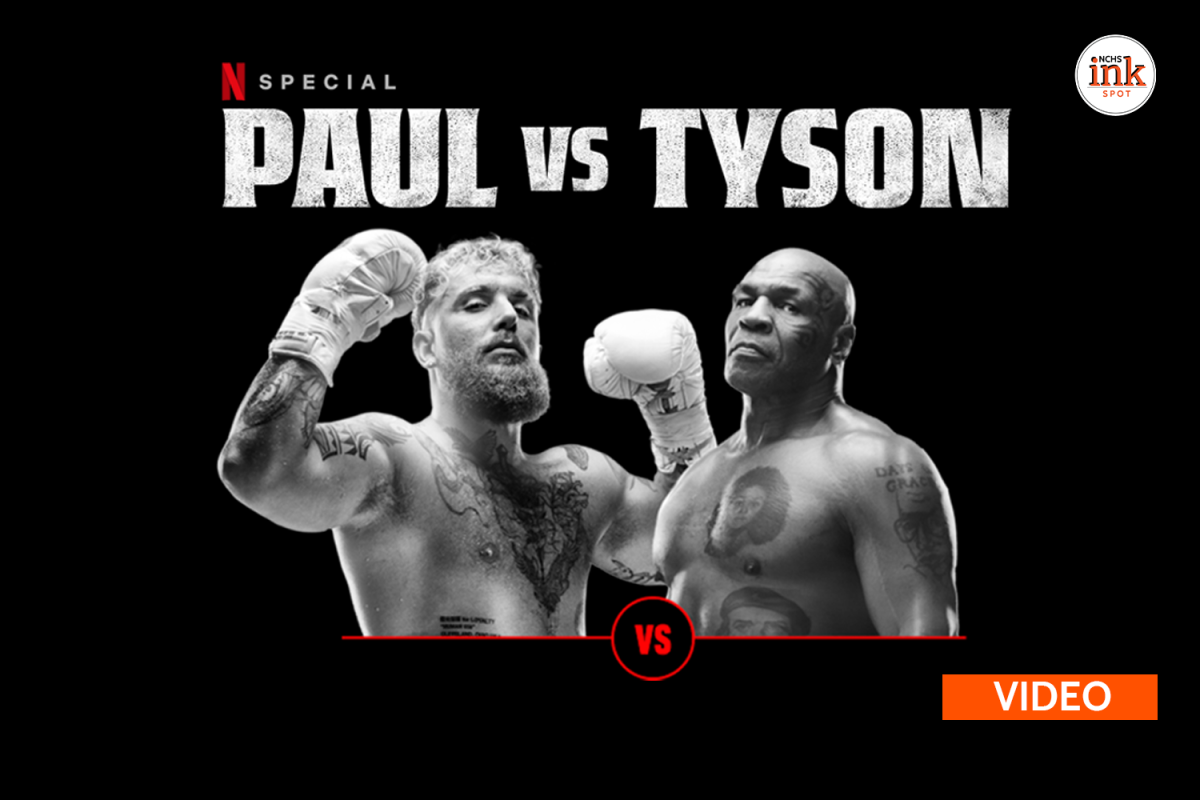


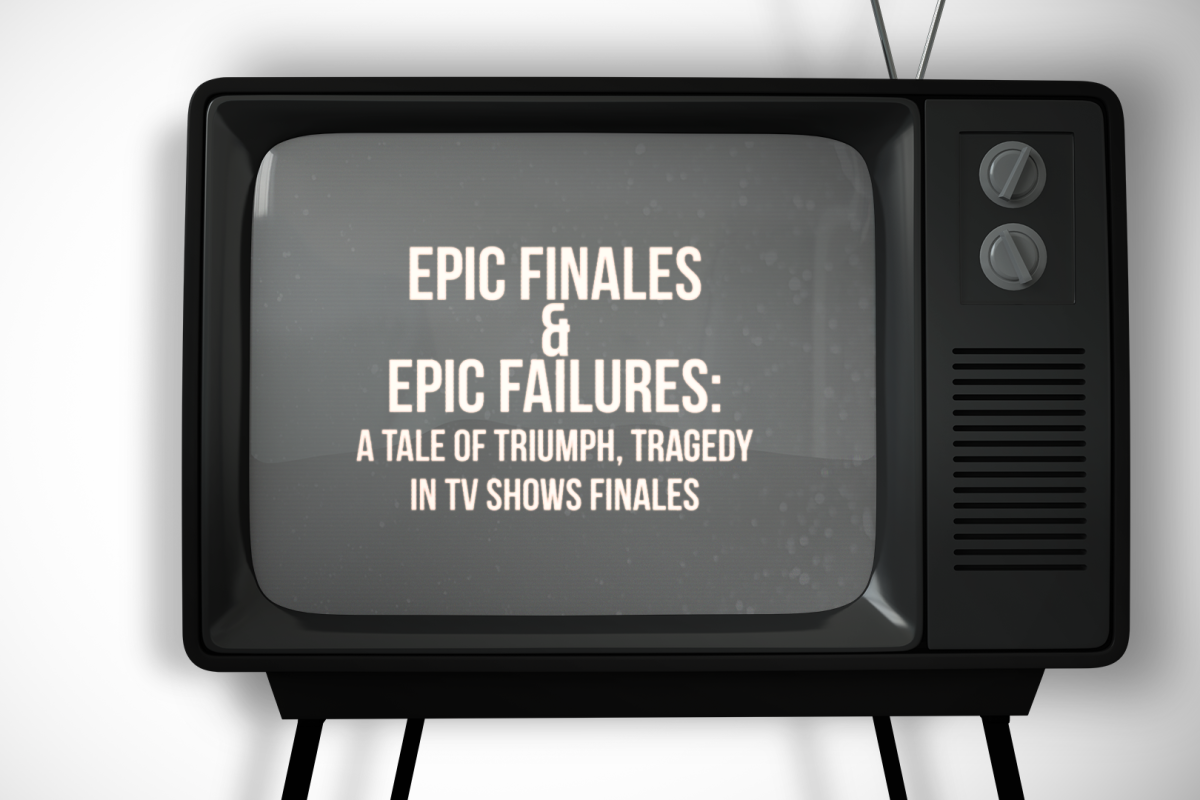


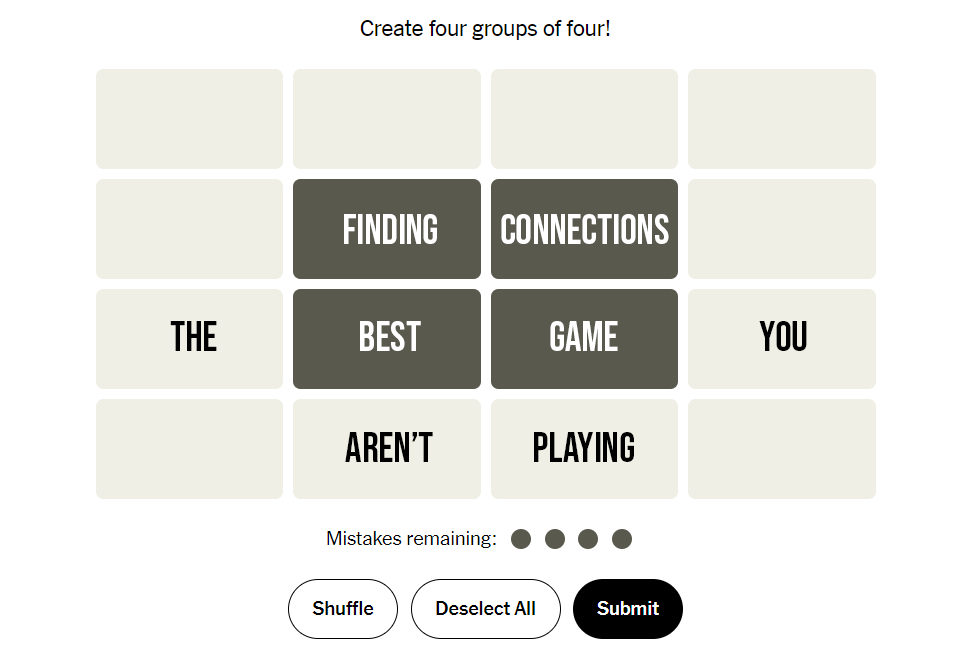



![Week 7: Coach Drengwitz recaps the Ironmen’s win over Bloomington, talks Danville [video]](https://nchsinkspot.com/wp-content/uploads/2025/10/Vikings-feature-Image-1200x675.png)

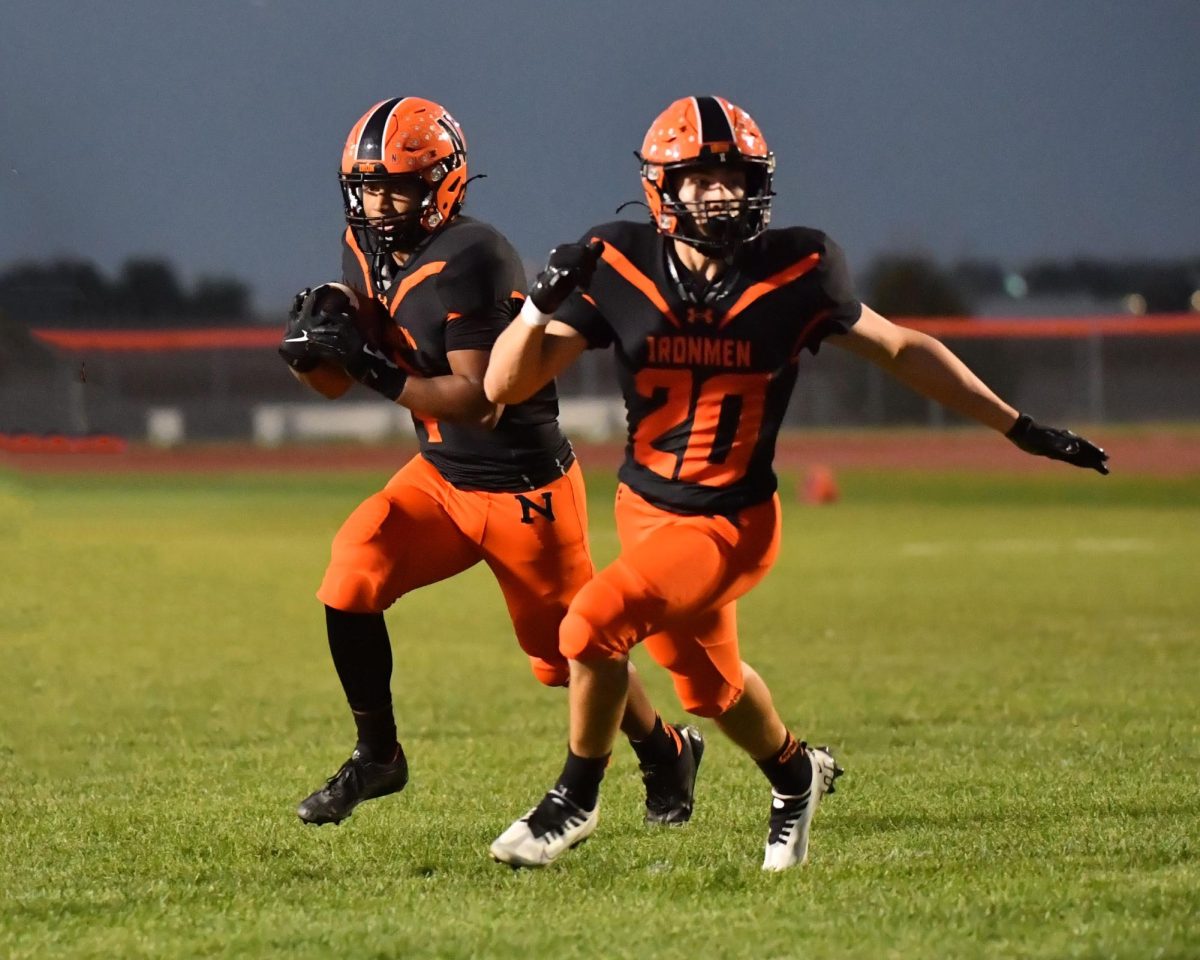

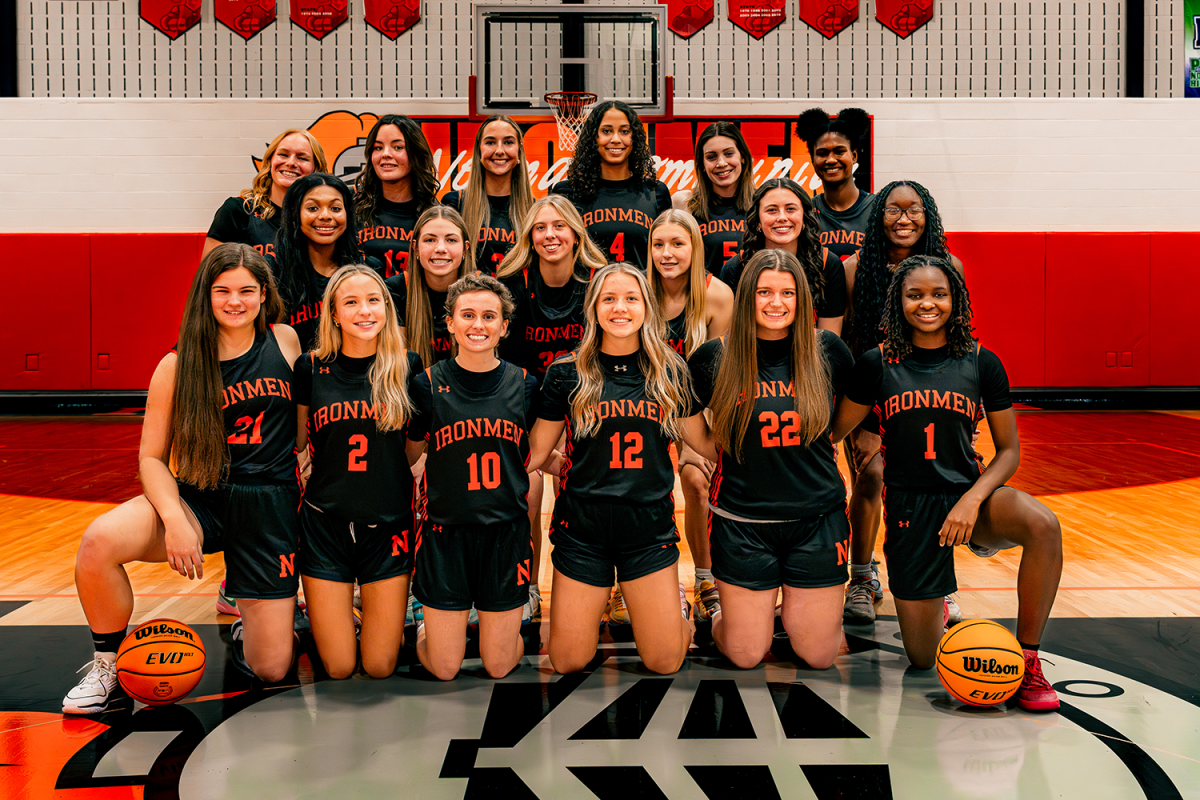





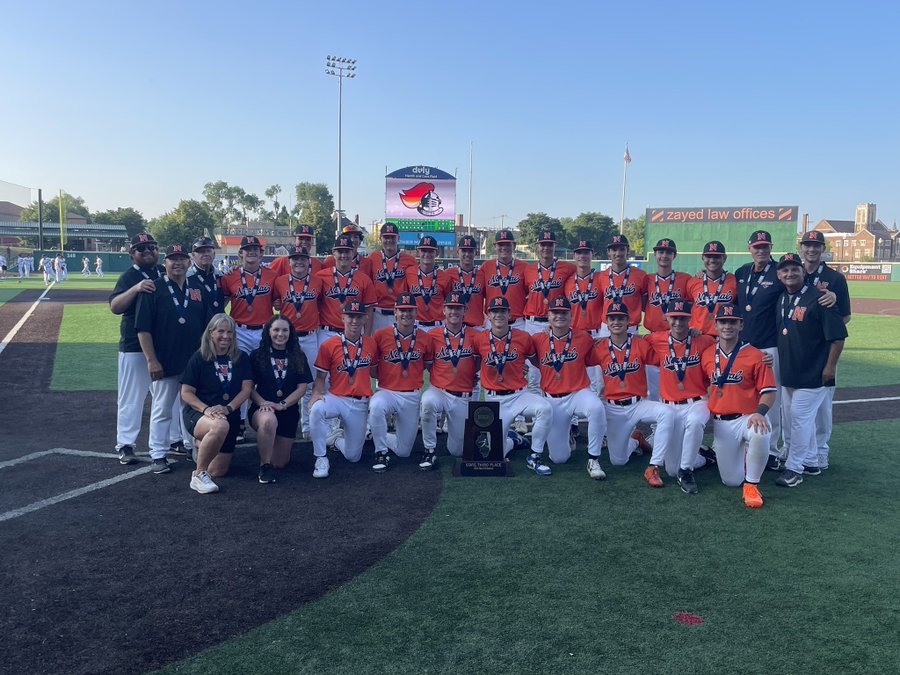







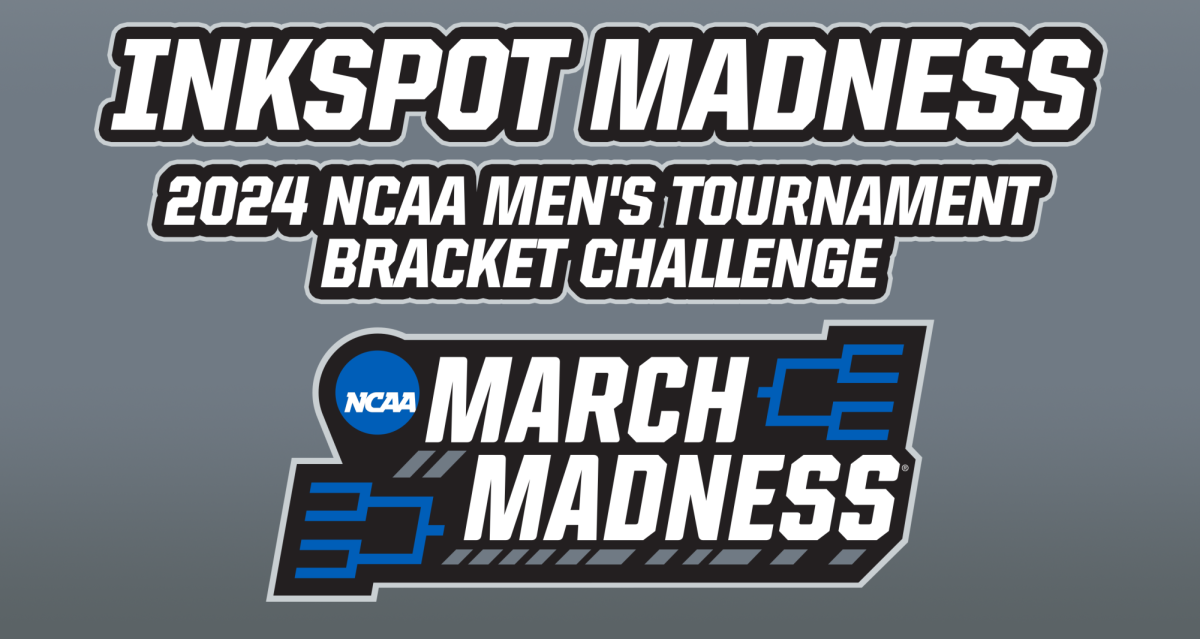
![Halloween candy cross section quiz [quiz]](https://nchsinkspot.com/wp-content/uploads/2022/10/Candy-cover-big-900x675.png)
![Average Jonah? [quiz]](https://nchsinkspot.com/wp-content/uploads/2022/05/average-jonah-900x600.png)


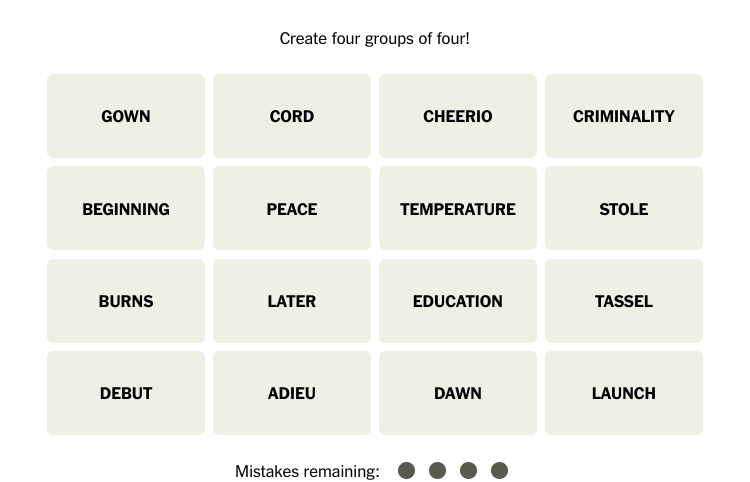
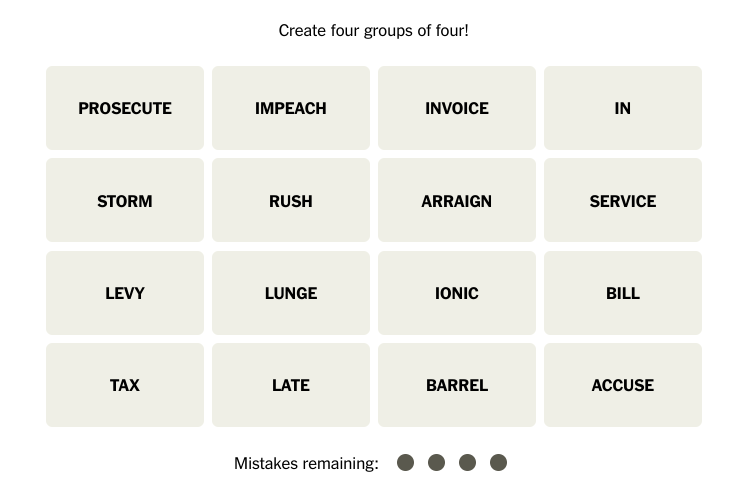
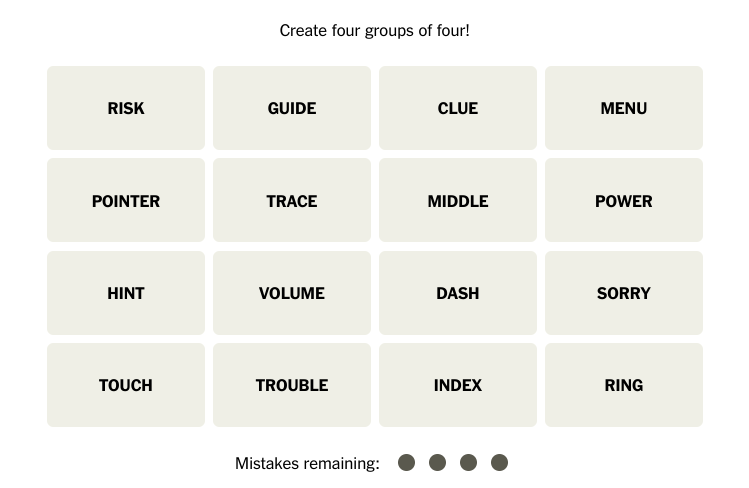
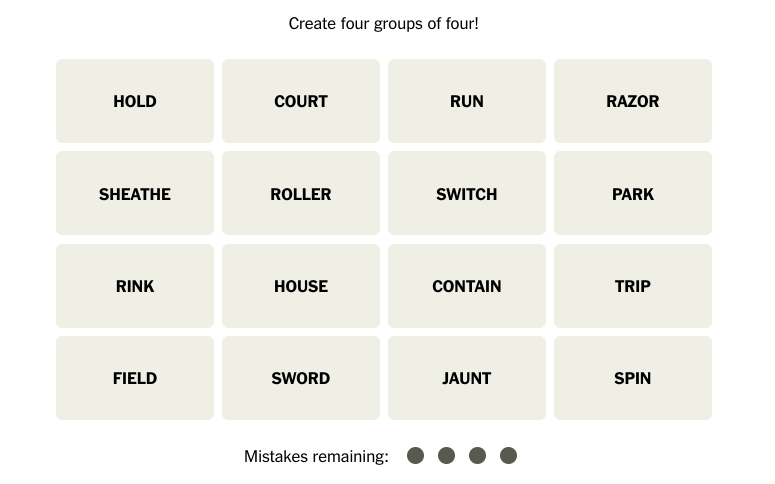
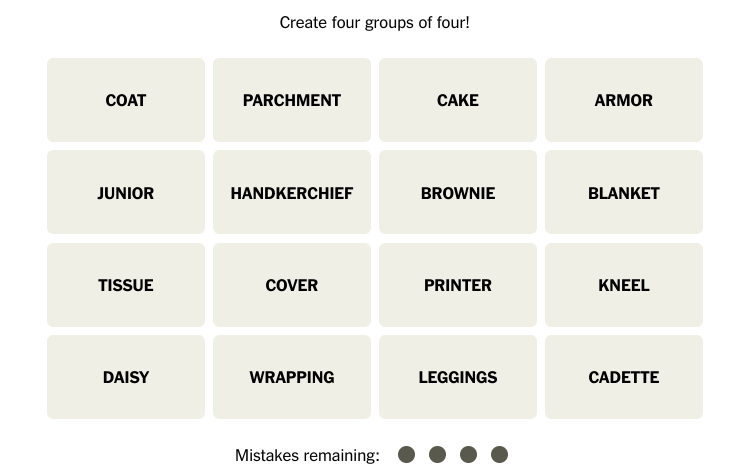
![[Photo Illustration]](https://nchsinkspot.com/wp-content/uploads/2025/09/trigger-words.png)



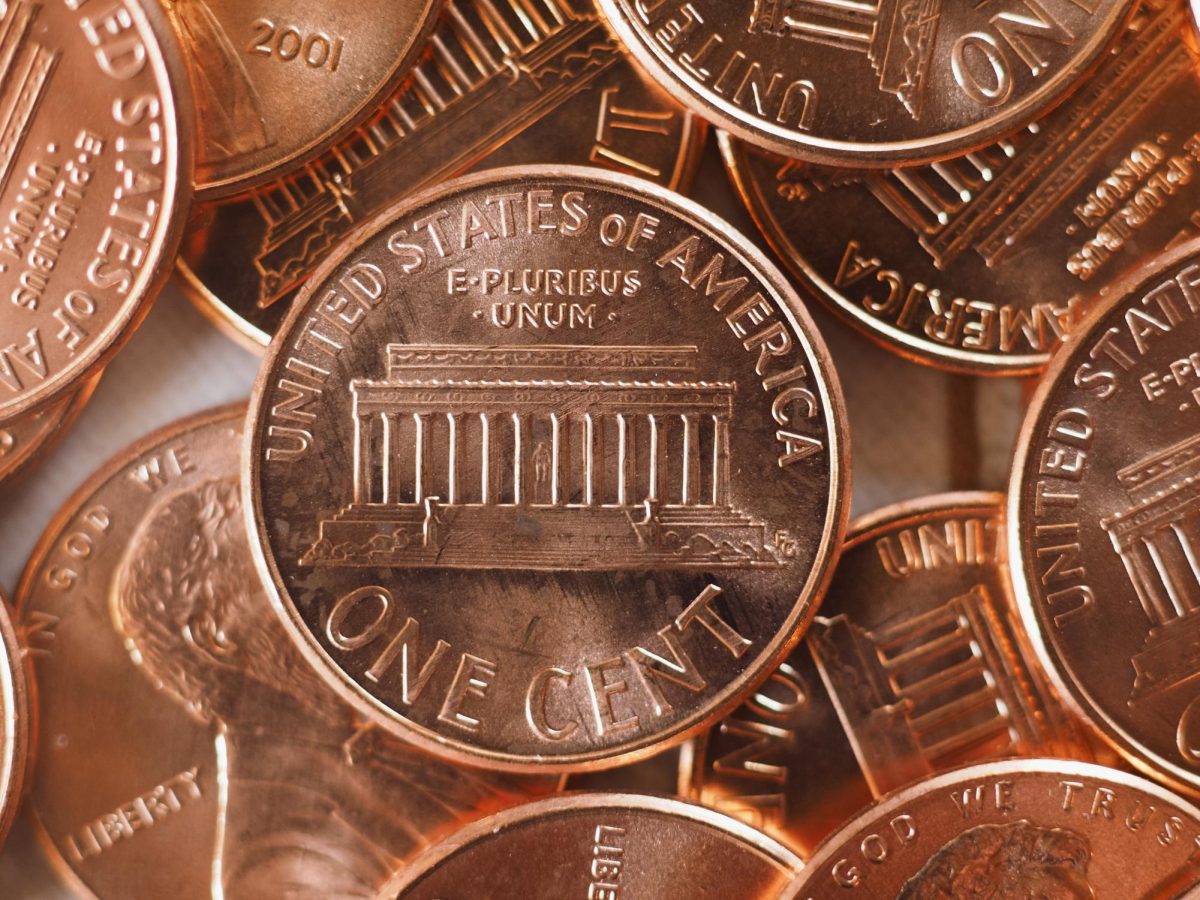






![Week 5: Coach Drengwitz previews the Ironmen’s matchup vs. Peoria Manual, recaps Week 4 [video]](https://nchsinkspot.com/wp-content/uploads/2025/09/Week-5-v-Rams-1200x675.png)
![Postgame reaction: Coach Drengwitz on Community’s 28-17 Loss to Kankakee [video]](https://nchsinkspot.com/wp-content/uploads/2025/09/Week-4-postgame--1200x675.png)



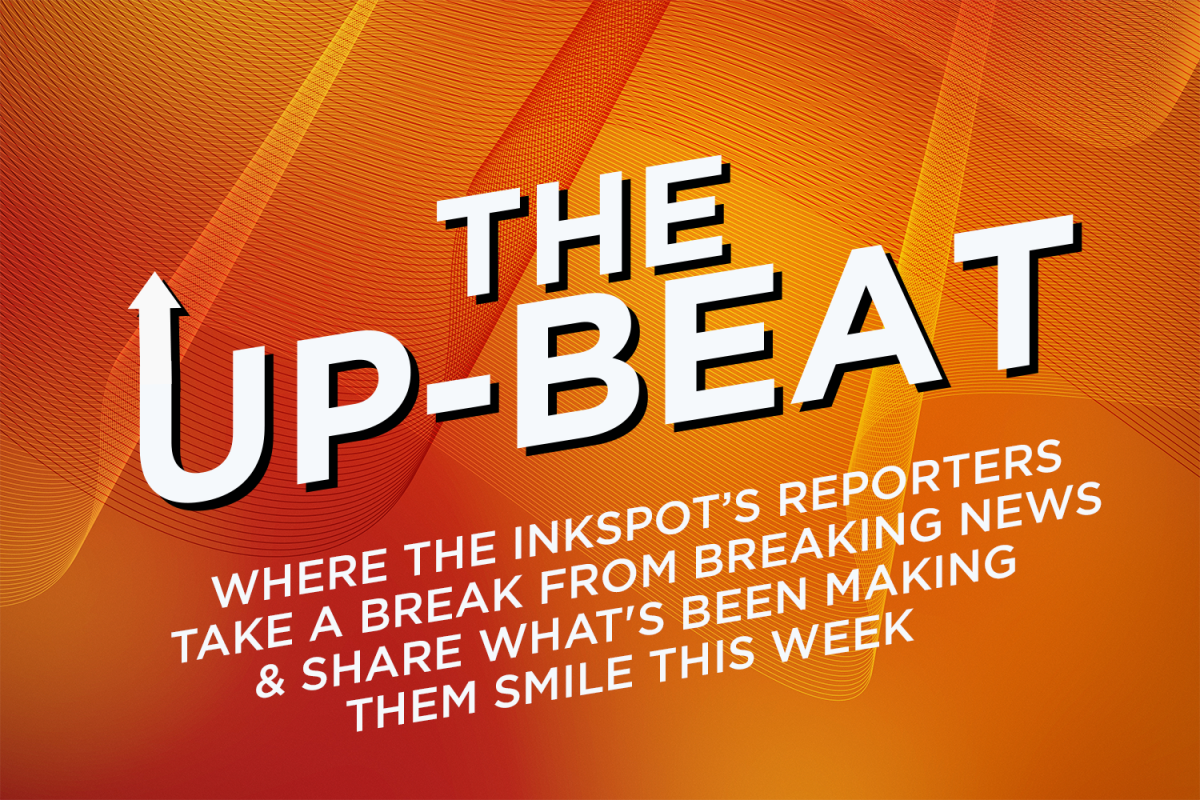

![Week 4: Coach Drengwitz previews the Ironmen’s matchup vs. Kankakee [video]](https://nchsinkspot.com/wp-content/uploads/2025/09/Ironmen-v-Kankakee-video-1200x1200.png)
![On the Spot: This or That – Halloween [video]](https://nchsinkspot.com/wp-content/uploads/2024/10/tot-Halloween-YT-1200x675.png)
![On the Spot: This or That – Fall favorites [video]](https://nchsinkspot.com/wp-content/uploads/2024/10/ots-fall-web-1200x800.png)
![On the Spot – Teachers tested on 2023’s hottest words [video]](https://nchsinkspot.com/wp-content/uploads/2024/01/On-the-Spot-Teachers-tested-1200x675.png)

